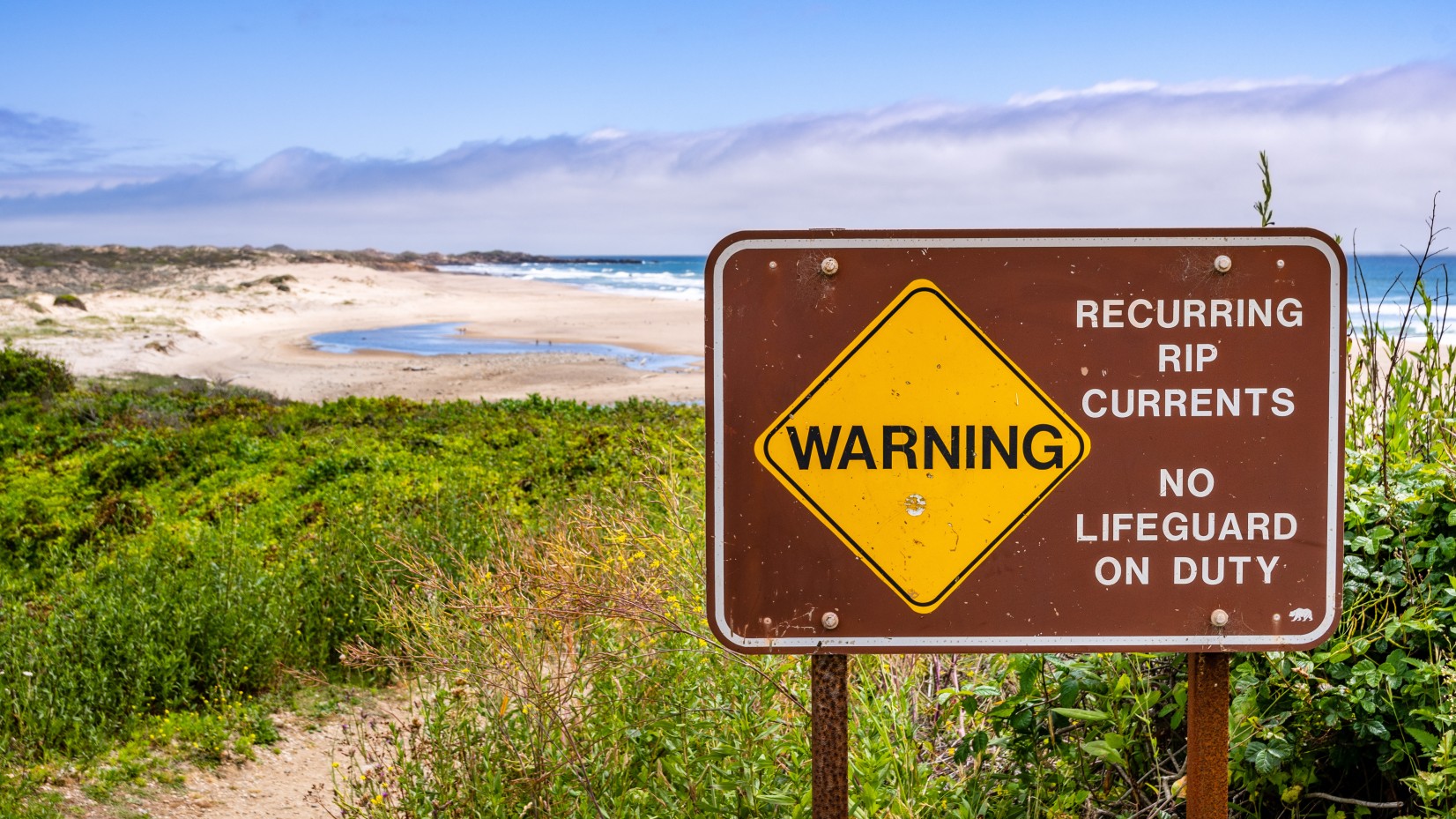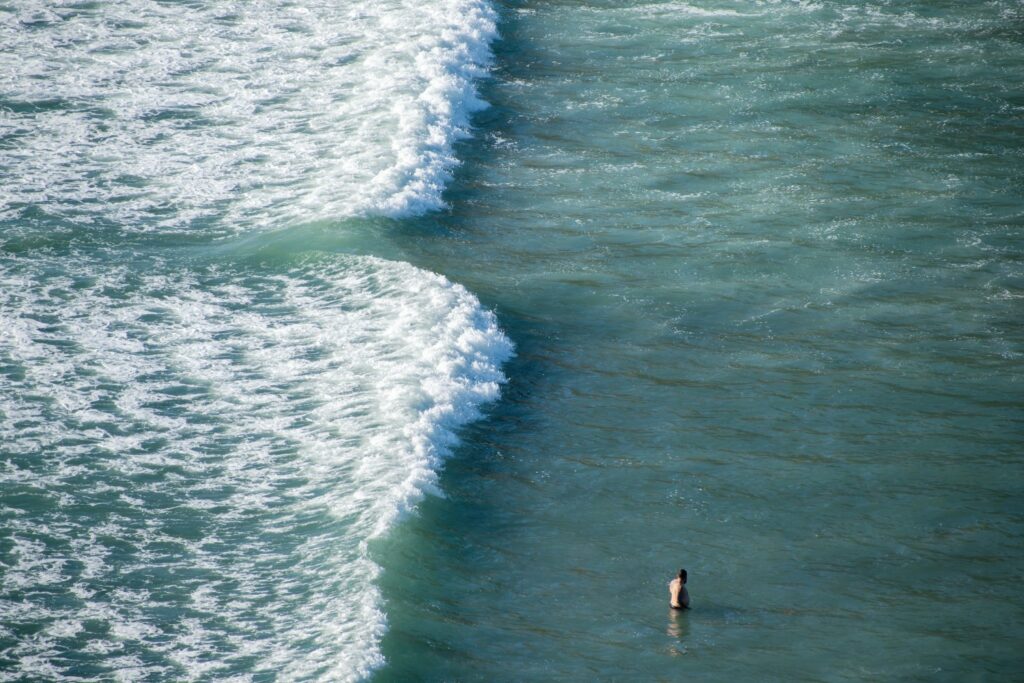
Heavy Rain, Flooding, and Chance of Severe Weather Staring Down the Southern U.S.
January 22, 2024
Posted: June 21, 2023 2:25 pm





Many people head to the beach worried about shark attacks or jellyfish encounters. The reality is that the biggest threats while enjoying the ocean are the potentially dangerous rip currents that can circulate through the water. Here is what you need to know about rip currents and how you can enjoy the ocean safely.
According to the U.S. Lifesaving Association, almost 80% of all lifeguard rescues are blamed on rip currents. Rip currents are defined as channels of water that have the potential of tugging swimmers away from the coastline and into deeper waters. There are over 100 deaths each year in the U.S. that happen because of rip currents.
The currents vary widely in their intensity and their size. The National Weather Service (NWS) details that some of the most narrow rip currents measure 10 to 20 feet in width while the widest ones can hit up to 200 feet. Rip currents also vary in their speed with some of the strongest ones moving at over 5 mph.
So what exactly triggers a rip current? These currents are caused by massive swells that move toward coastal areas. The swells are created by robust storm systems, strong areas of circulation within the water, and high winds.
Unlike some beach hazards that are seasonal, rip currents can happen at any time of the year. While many currents are caused by storms in the area, you will find these potentially dangerous conditions even on sunny days. This is why it is vitally important to pay attention to any warning flags on the beach.
Although you can find rip currents nearly anywhere, some beaches enjoy natural protection from barriers that lessen the risk of these features. Conversely, some beaches are not at all protected from the negative impacts of storms breaking near shore.
Rip currents most commonly develop at low spots in the ocean or across beaches in sandbars. It is also common for these currents to stir up near man-made structures such as piers and jetties.
Rip current formation is not limited to the world’s oceans. What surprises many people is that you can get caught up in these currents in any body of water that creates breaking waves. This includes across the water of the Great Lakes.

In addition to paying attention to all warning flags along the beaches, it is also recommended to only swim on beaches with lifeguards. There is a substantially lower risk of drowning in the ocean while swimming at a beach under the supervision of lifeguards.
If you find yourself trapped in a powerful rip current, it is important to remain calm and not panic. While your instinct will likely tell you to swim back toward the shoreline, moving against the current in this way will quickly exhaust you and make drowning more of a threat.
Instead, you should try to swim parallel to the shore until the current releases its grip. This will conserve energy and help you to swim to shore when out of the current’s influence. You can begin to swim at a slight angle moving toward the shore after about 100 yards.
If you are unable to swim parallel to the beach, the next best choice is to tread water and wait until the current dissipates and you can make your way back to shore. This is also a good time to try to draw attention to yourself. Lastly, heading to the beach with others is always a better idea than going alone.
Did you find this content useful? Feel free to bookmark or to post to your timeline for reference later.

January 21, 2024

January 19, 2024

January 18, 2024